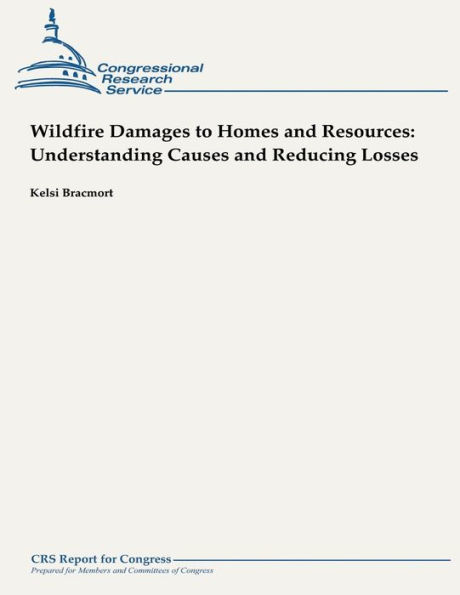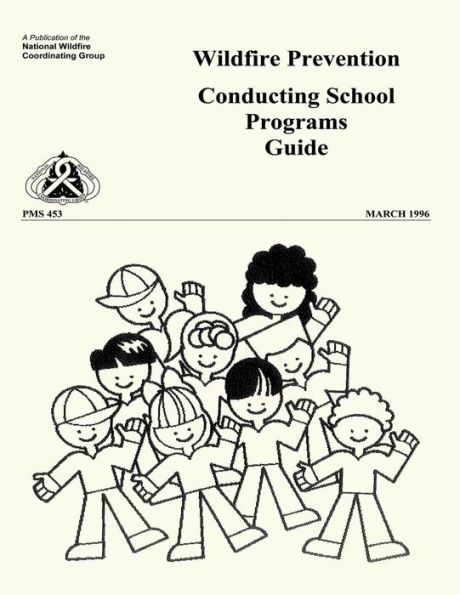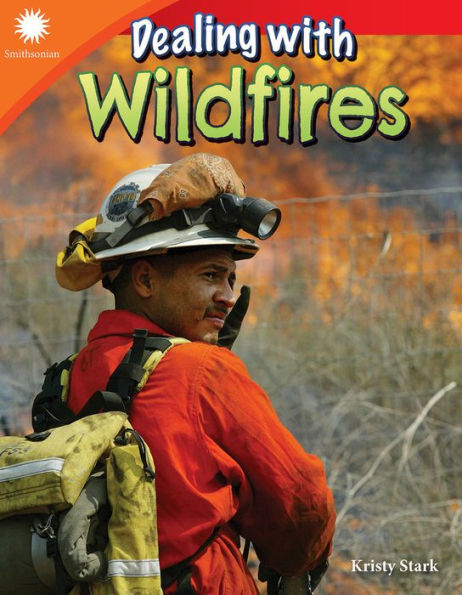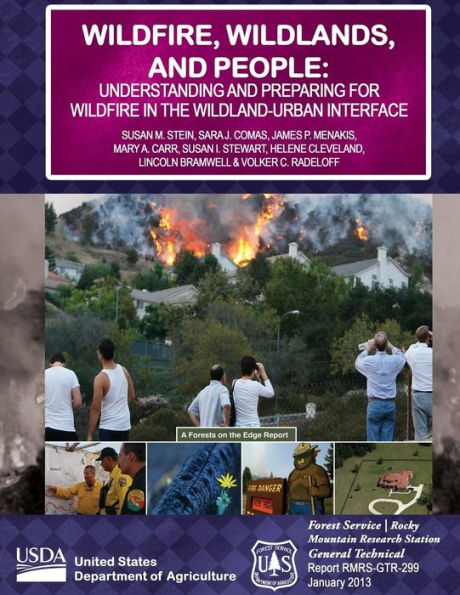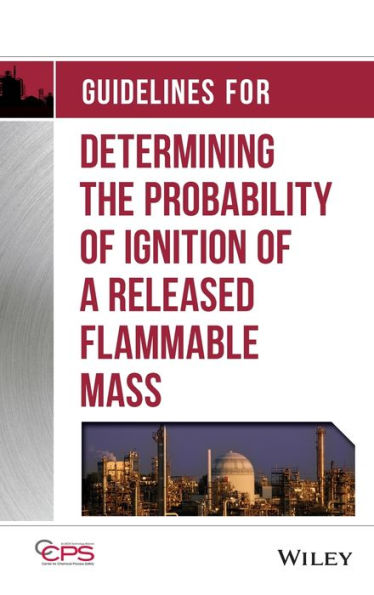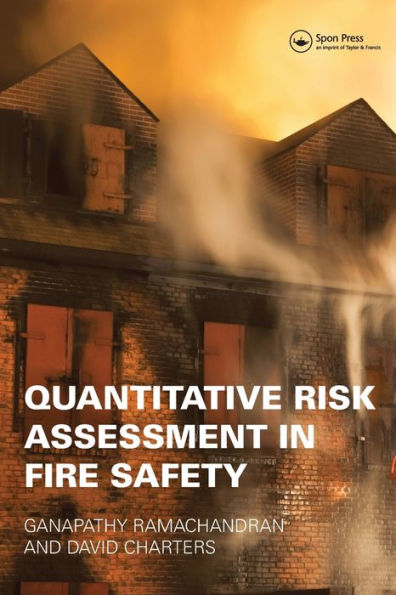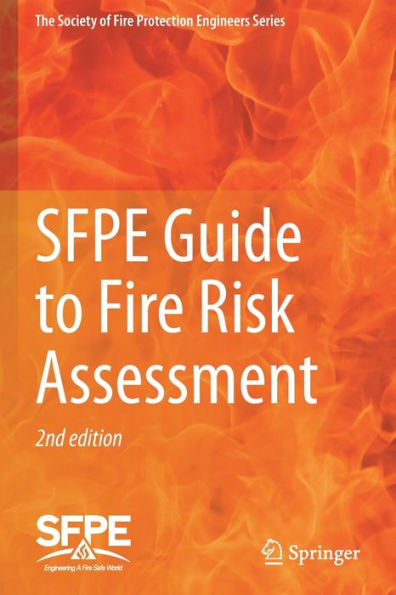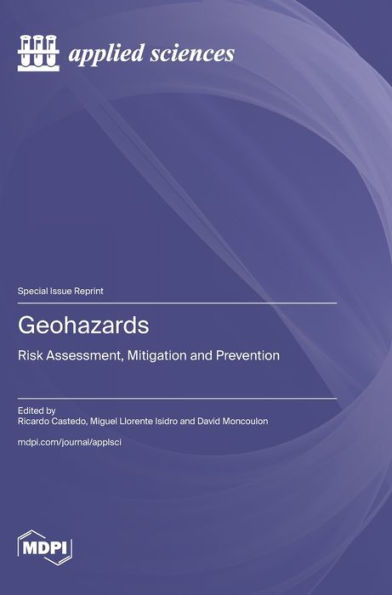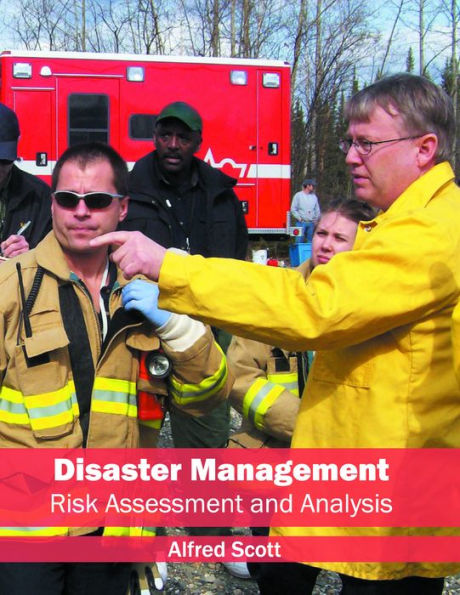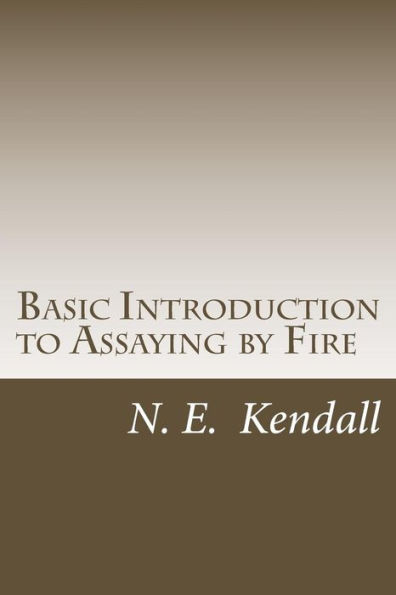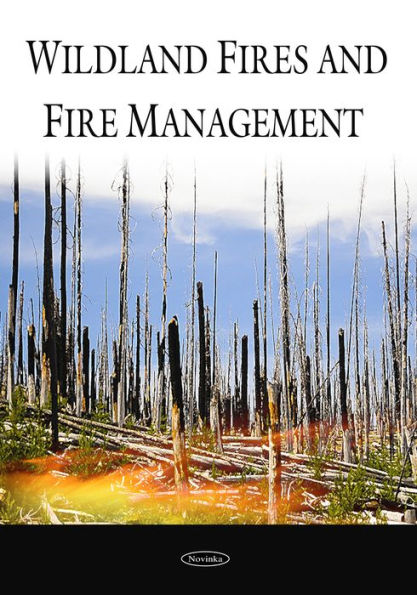Home
Wildfire Risk and Hazard: Procedures for the First Approximation


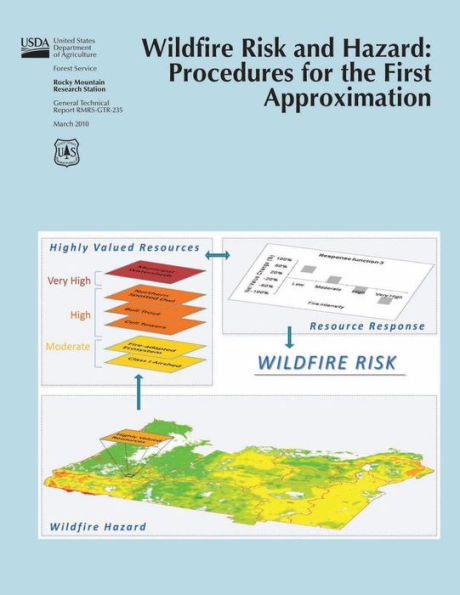
Wildfire Risk and Hazard: Procedures for the First Approximation
Current price: $16.99
Loading Inventory...
Size: OS
This report was designed to meet three broad goals: (1) evaluate wildfire hazard on Federal lands; (2) develop information useful in prioritizing where fuels treatments and mitigation measures might be proposed to address significant fire hazard and risk; and (3) develop risk-based performance measures to document the effectiveness of fire management programs. The research effort described in this report is designed to develop, from a strategic view, a first approximation of how fire likelihood and fire intensity influence risk to social, economic, and ecological values at the national scale. The approach uses a quantitative risk framework that approximates expected losses and benefits to highly valued resources from wildfire. Specifically, burn probabilities and intensities are estimated with a fire simulation model and are coupled with spatially explicit data on human and ecological values and fire-effects response functions to estimate the percent loss or benefit. This report describes the main components of the risk framework, including the burn probability models, highly valued resource data, and development of response functions, and illustrates the application to the State of Oregon. The State of Oregon was selected for prototype due to the wide range of variability in ecoregions represented in the state. All of the highly valued resource themes were represented in the mix of developed and natural resources present in the state.
